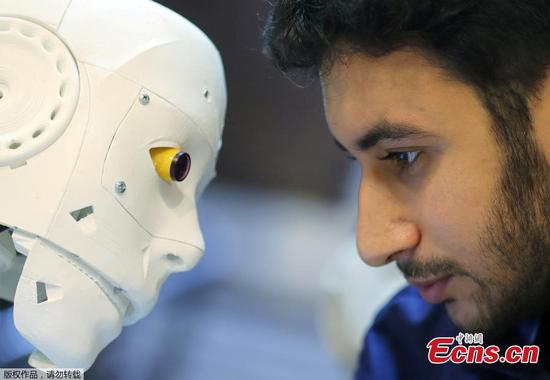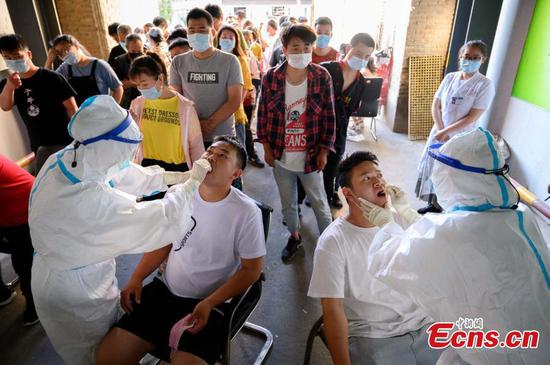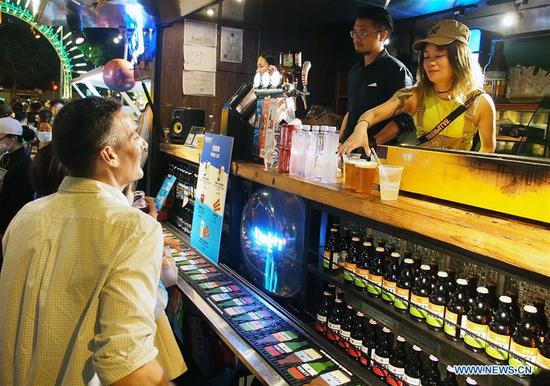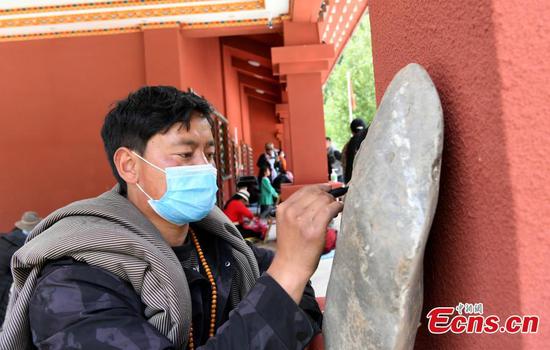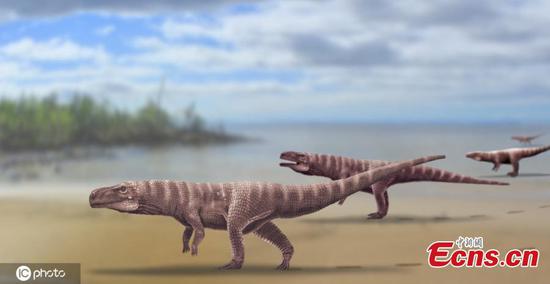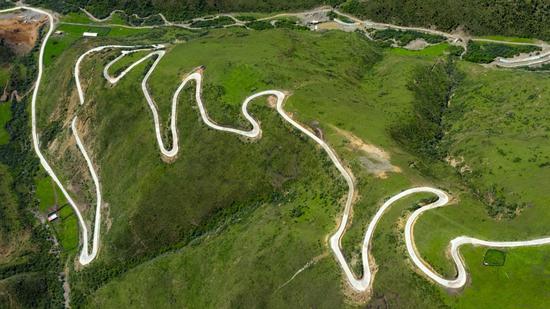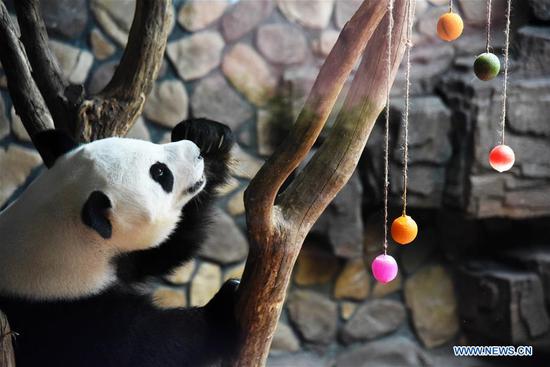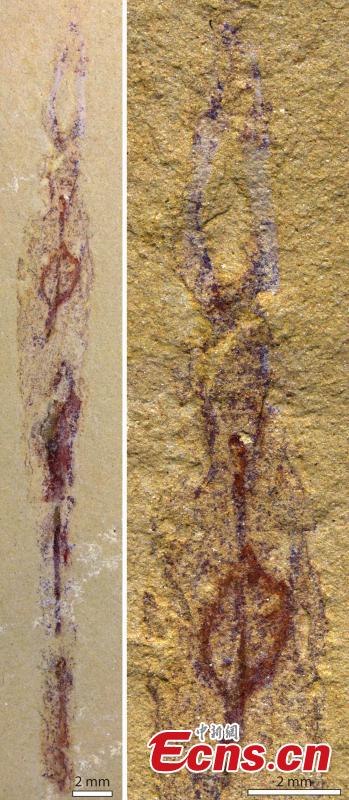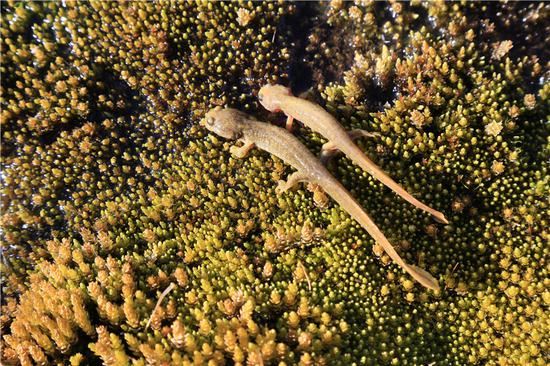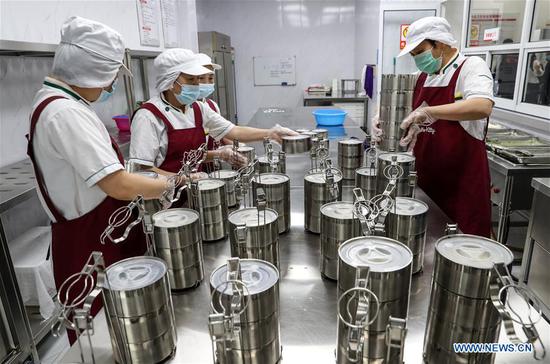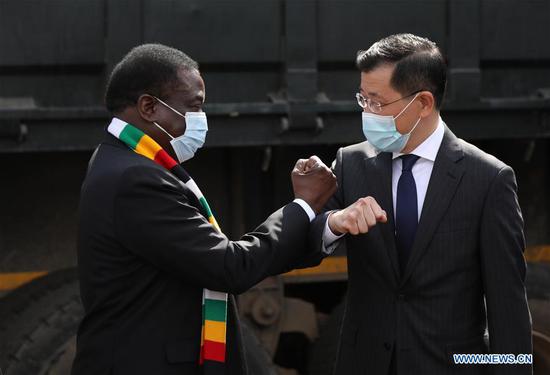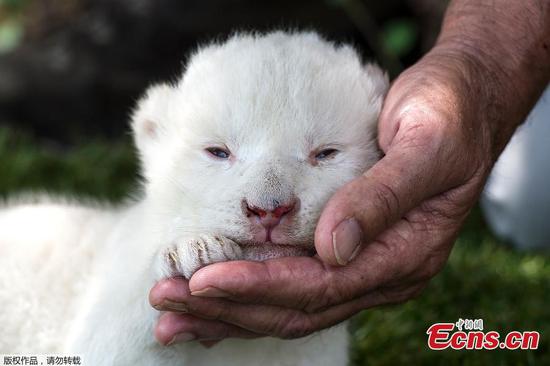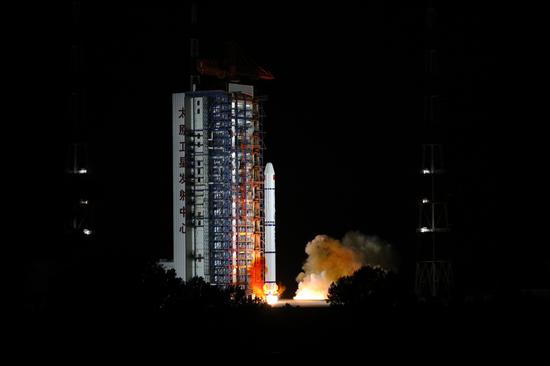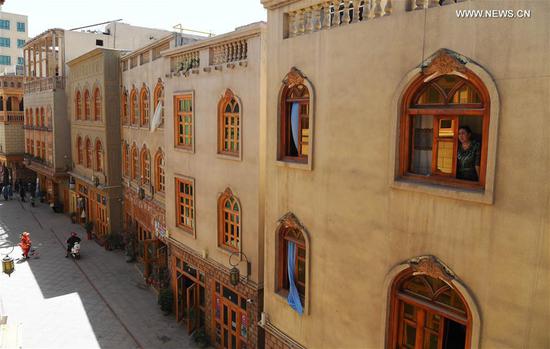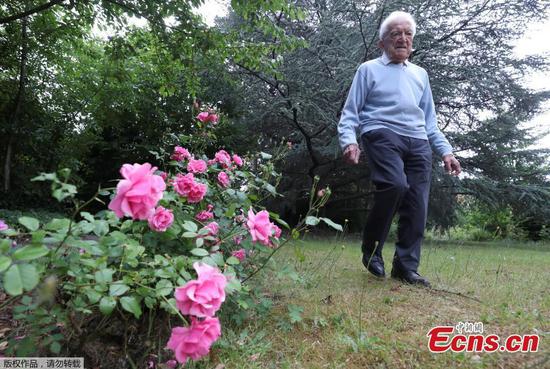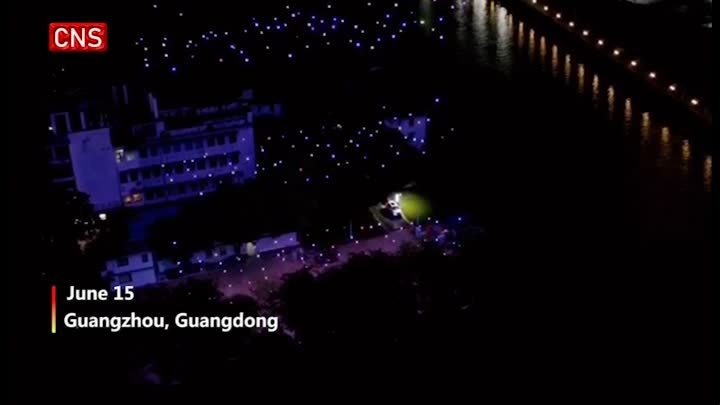U.S. researchers evaluated several human antibodies to determine the most potent combination to be mixed in a cocktail and used as a promising anti-viral therapy to treat COVID-19, according to a study published Tuesday in the journal Science.
The study by researchers at the University of Maryland School of Medicine (UMSOM), demonstrates the rapid process of isolating, testing and mass-producing antibody therapies against any infectious disease by using both genetically engineered mice and plasma from recovered COVID-19 patients.
The antibody cocktail evaluated by the researchers will be used to treat COVID-19 patients in a clinical trial launched last week.
Antibodies are proteins the immune system naturally makes in response to foreign invaders like viruses and bacteria.
To produce the so-called monoclonal antibodies for an antibody cocktail to fight COVID-19, the researchers needed to identify which antibodies fight the novel coronavirus most effectively.
The team evaluated thousands of human antibodies from plasma donations from recovered COVID-19 patients, and also generated antibodies from mice genetically engineered to produce human antibodies when infected with the virus.
"The ability of the research team to rapidly derive antibodies using these two methods enabled us screen their selected antibodies against live virus to determine which had the strongest anti-viral effects," said the study's co-author Matthew Frieman, an associate professor of microbiology and immunology at the UMSOM.
The researchers evaluated four of the most potent antibodies to determine the potential of each one to neutralize the SARS-CoV-2 virus. They identified the two that would form the most powerful mix when used in combination.
"An important goal of this research was to evaluate the most potent antibodies that bind to different molecules in the spike protein so they could be mixed together as a treatment," said Stuart Weston, also the study's co-author and a post-doctoral research fellow in the Department of Microbiology and Immunology.














